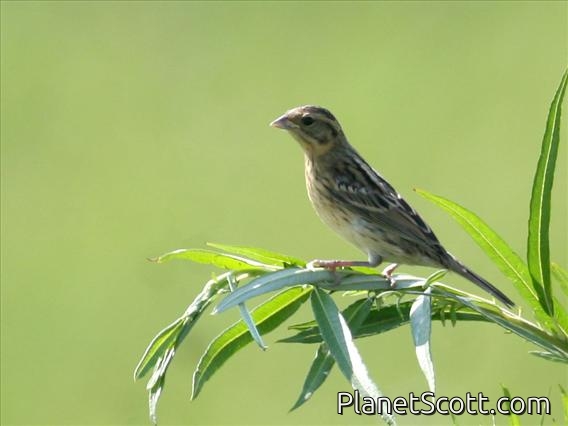Yellow-breasted Bunting (Emberiza aureola)

Yellow-breasted Bunting (Emberiza aureola) Juvenile
×


Yellow-breasted Bunting (Emberiza aureola) Juvenile
About Yellow-breasted Bunting (Emberiza aureola)
- Kingdom: Animals
- Phylum: Chordates
- Class: Birds
- Order: Perching Birds
- Family: Old World Buntings
The yellow-breasted bunting is a passerine bird in the bunting family Emberizidae that is found across the Boreal and East Palearctic. The genus name Emberiza is from Old German Embritz, a bunting. The specific aureola is Latin for "golden". The bird's call is a distinctive zick, and the song is a clear tru-tru, tri-tri.
Source: Wikipedia
Trips
Visits
-
2008-07-19
Irkutsk - Freeway Swamps, Russia



